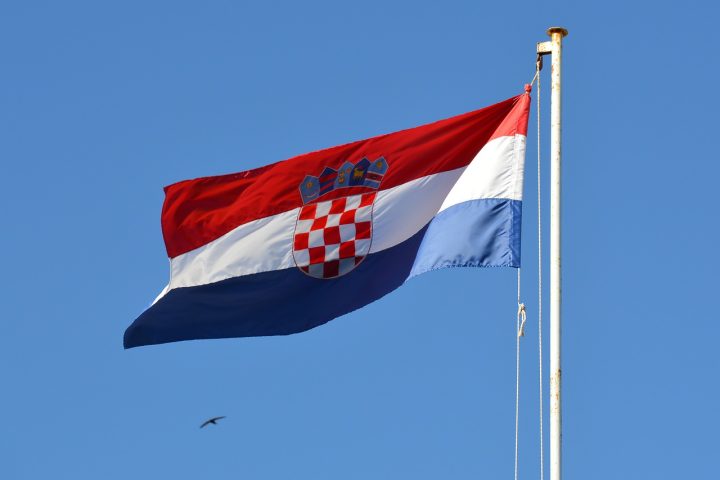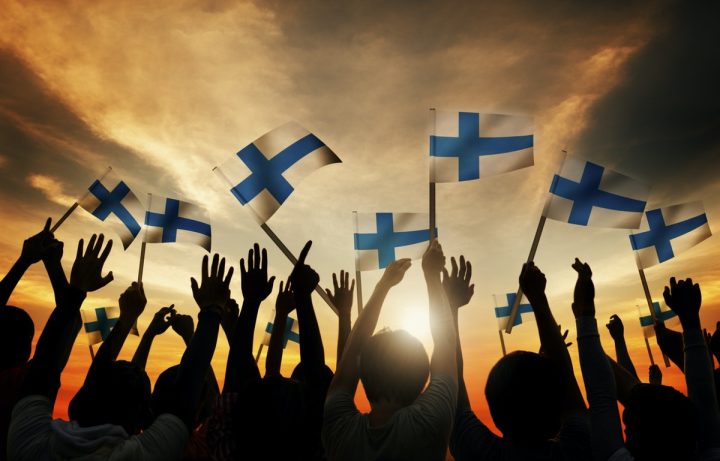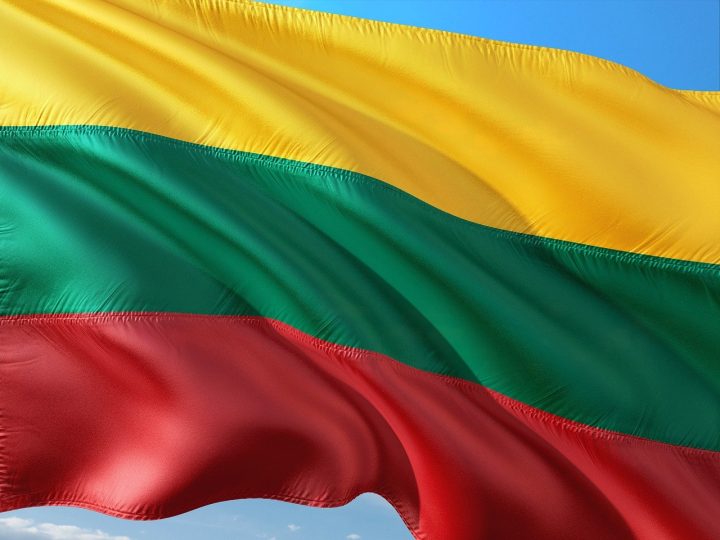European Ecommerce Overview: Norway
Written by
Kinga EdwardsPublished on
Uncover the dynamics of Norway’s e-commerce sector. Gain insights into market trends, consumer preferences, and the future of online shopping in Europe.

Norway is one of the Scandinavian countries that quietly sets the standard for digital living. With a small but highly connected population, it’s home to some of Europe’s most tech-savvy consumers. Nearly everyone is online, and most people use the web daily for work, shopping, and entertainment.
That’s why online retail isn’t a novelty here. It’s a normal part of life. The shift from physical stores to digital channels happened gradually, not overnight, and today e-commerce is woven into Norway’s everyday routine. Around 87% of Norwegians shop online regularly, making this one of the most mature digital markets in the region.
So if you’re thinking of entering or growing in Norway’s digital market, you’re looking at a place where digital habits are solid, infrastructure is strong, and consumers are ready. The question isn’t if your business should sell online in Norway — it’s how to do it well.
Let’s dive into an overview of the e-commerce market there.
Norwegian e-commerce overview
The Norwegian e-commerce market continues to grow steadily and it’s projected to be one of the more interesting Nordic stories. In 2024, the e-commerce revenue reached $7,187 million. And the outlook looks bright. Analysts expect a 7.5% annual growth rate through 2032, which would push the market close to $15.2 billion by then.

What’s behind that growth?
First, nearly everyone in Norway is online. With 99% of the population connected, digital channels are broadly available. That means e-commerce isn’t a niche, it’s mainstream.
Second, the number of online retailers is quite large. A breakdown of Norwegian online stores shows that there are 32.3 thousands stores, and 70.70% of them sell less than 100 products per month.

Third, the market’s maturity shows in the data: monthly online revenue in October 2025 stood at around $659 million. The market is not exploding with double-digit leaps anymore, but it’s stable and growing.
For businesses, this means three things:
- The competition is robust — many players and many small niche stores.
- The growth window is still open, but strategy matters.
- The infrastructure and consumer readiness are high, so execution counts.
Consumer behavior in Norway
Let’s dive into how Norwegian shoppers really act — what they pick, where they browse, and how open they are to shopping online.
First off, Norwegians are comfortable shopping abroad. Around 85% of Norwegian online consumers make purchases from foreign sellers. That tells you: variety and competitive pricing matter. If your offer doesn’t feel global or local-smart, you’ll run into comparisons quickly.
Which categories get the most love? Fashion continues to lead: in 2024, one dataset showed fashion made up 22% of online sales in Norway. Other high-interest areas include electronics and lifestyle products — people want quality, good design, and brands they trust.
Here’s another interesting point: second-hand and recommerce are gaining ground. In the Nordics, 29% of consumers purchased something used online in October 2024. Norway is part of that move. People aren’t just buying new—they’re also shifting toward sustainable and budget-friendly choices. That changes how you position a “new” product or a higher-priced item: emphasize value, durability, and future reuse.
What about frequency and stickiness? Well, Norwegian consumers aged 30–45 are especially active shoppers online. That means this age bracket is a sweet spot for e-commerce targeting: they have the tech comfort, spending power, and routine online buying habits.
Payment methods in Norway
The payment methods landscape in Norwegian e-commerce is nothing short of fascinating. The Norwegian payment market was valued at $35.88 billion in 2025 and is projected to reach $59.73 billion by 2030.

Cards still rule the roost. The national scheme BankAxept, often co-branded with Visa or Mastercard, dominates many transactions (both in-store and online). According to a recent overview, Visa, Mastercard, and BankAxept together covered more than 95% – in terms of both the number of transactions and volume.
But it’s not just about cards anymore. The country is one of the most cash-averse in Europe: cash payments are now at around 3% of all transactions. Digital methods are replacing physical notes at a rapid clip. The mobile payment app Vipps is a local star, with most Norwegians having used it or a similar service.
For online merchants selling into Norway, this means one thing: you have to match local expectations. It’s not enough to accept generic card payments; your checkout should feel native. Offer local-friendly options like BankAxept and popular wallet/mobile solutions.
Also, security matters. A 2024 survey found that 56% of Norwegian e-commerce customers consider secure payment methods a top priority.
Another trend to watch: prepaid cards and digital wallets are growing rapidly. The market for those is projected to hit $3.66 billion in 2025, and it keeps climbing.
In short, your payment setup should feel familiar to Norwegian buyers—but also fast, secure and flexible. Get it right, and you remove a major hurdle in your customer’s journey.
Social media in Norway
Social media in Norway is deeply woven into how people live, shop and consume information. As we head into 2026, it’s time to talk about how Norwegians use social, what that means for brands, and how you can gear up your strategy accordingly.
Let’s talk numbers first. In 2025 there were more than 4.24 million Facebook users, 2.75 million Instagram users, and 3.16 million Messenger users in Norway. These are core parts of daily life.

According to the 2024 Norwegian Media Barometer, 80% of the population aged 9+ use social media daily, averaging nearly 1 hour and 53 minutes on the different platforms.
So yes, social media is a channel people trust for news, peer reviews, and discovering new products. Literally. 57% of Norwegians get their daily news from social media. That means your brand’s voice on social needs to be credible, not just flashy.
Also, demographic nuance matters.
With Instagram usage high among women (56.2%) and the dominant age group 25-34, the visuals and tone you use must reflect what this audience expects. For example: shorter videos, authenticity, and relatable stories rather than big celebrity glamour.

Moreover, saturation is real.
Norwegians use multiple platforms, which means you’re not fighting for “first time social media use” — you’re fighting for meaningful engagement. To stand out, your content needs to capture attention in seconds but deliver value quickly. Think “micro-stories” with utility: quick how-to, product tips, behind-the-scenes, local context. When people feel understood in their local language, you win.
Lastly: platform choice plus timing.
Facebook retains large reach; Instagram has a younger, more visual audience; LinkedIn has strong professional usage especially for B2B. The key is consistent presence, but with content tailored for each environment and the expectations of the Norwegian user.
Norwegian logistics
In Norwegian e-commerce, logistics play a visible, even emotional role in how people experience a brand. Every parcel tells a story of distance, precision, and trust.
Imagine a box leaving a warehouse near Oslo, crossing long roads, ferries, and mountain passes before reaching a doorstep in Tromsø. That journey reflects the country itself — vast, beautiful, and sometimes unpredictable. For online sellers, it also explains why delivery performance matters so much. Each kilometer adds cost, time, and complexity, especially in regions where weather or terrain can change plans in minutes.
Last-mile delivery eats up around 41% of total logistics costs in the Nordic region. For Norway, with its rugged geography and dispersed population, getting packages from the warehouse to their destination adds up fast.
The challenge? Making delivery cost-effective without compromising speed or reliability.
Behind the warehouse doors, automation is reshaping the rhythm of fulfilment. The country’s intralogistics market is projected to grow from $397 million in 2022 to over $1.09 billion by 2030—13.4% CAGR. That means more robotic picking, smarter layouts, and fewer manual errors. Thus, expect your fulfilment partner to have at least some automation—not just for speed, but also for accuracy and cost control.
Sustainability in logistics also defines the future of delivery. Fast home shipping, local pickup points, and low-emission transport are increasingly standard across Norway. In smaller towns or along the coast, businesses that use electric vans or group deliveries gain immediate credibility. Customers notice when a company respects their landscape and values.
So, regarding logistics, what should you focus on if you’re getting into the Norwegian market?
- Partner with a carrier or local micro-fulfilment partner that covers both city and remote deliveries.
- Build in visibility: tracking, notifications, returns options. Norwegians expect reliability.
- Factor in longer lead-times if you ship from abroad, but offer intuitive options (like consolidated boxes or pick-up points).
- Be transparent on delivery cost. Hidden fees are a deal-breaker in a market used to precision and clarity.
In short: logistics is a strategic asset in Norwegian e-commerce. The brands that nail delivery experience (speed, clarity, green credentials, and no surprises) will set the stage.
To wrap up
Norway is a place where ecommerce is strong. This market has the potential, and you can enter it with a feeling of confidence. Thanks to our article, we hope you have gained some valuable insights into the behavior, payment preferences, and social media usage of Norse consumers.
The picture is clear: Norwegian shoppers value trust, convenience, and quality. They don’t rush decisions. Once they find a brand that delivers what it promises, they stay loyal. The logistics network is developing fast, making it easier than ever to reach even remote areas. And with local payment systems like Vipps and BankAxept, checkout feels effortless for customers who expect simplicity.
That’s how e-commerce success happens here — one confident order at a time.
If you are interested in the Scandinavian market, there are also articles about Denmark and Sweden. Hope you would like it!


